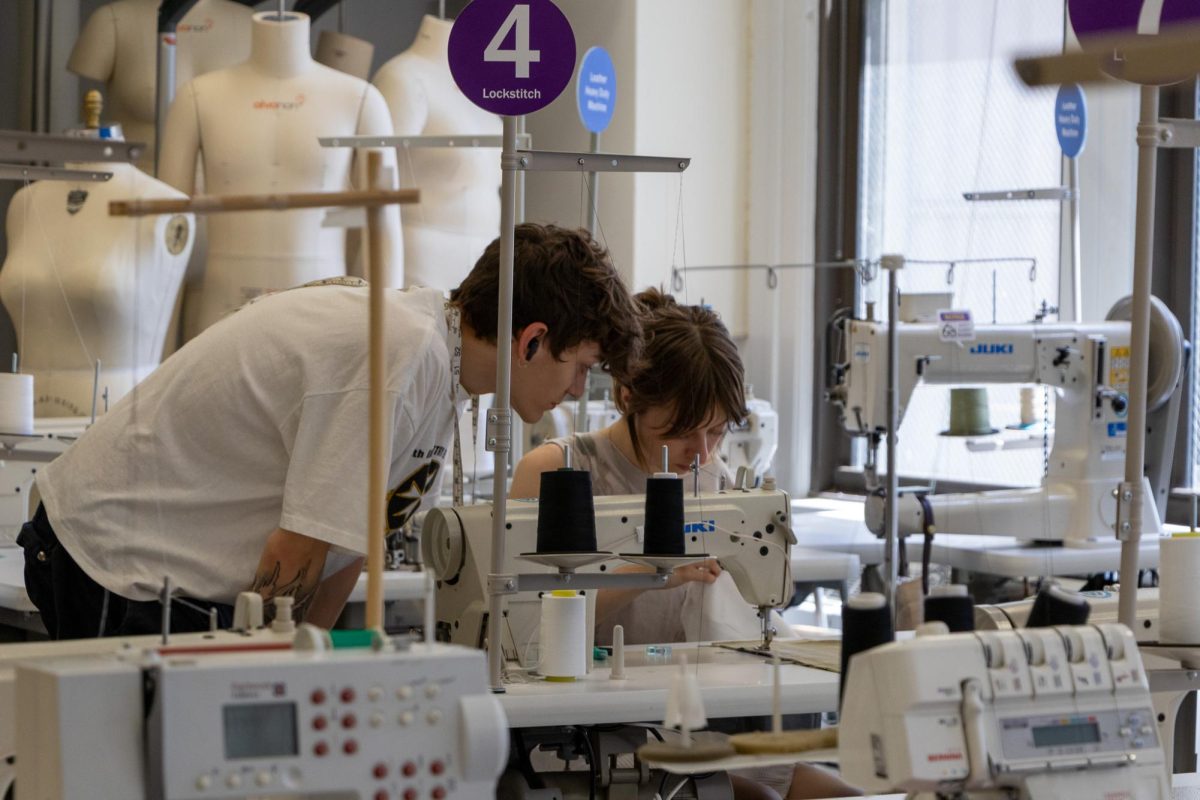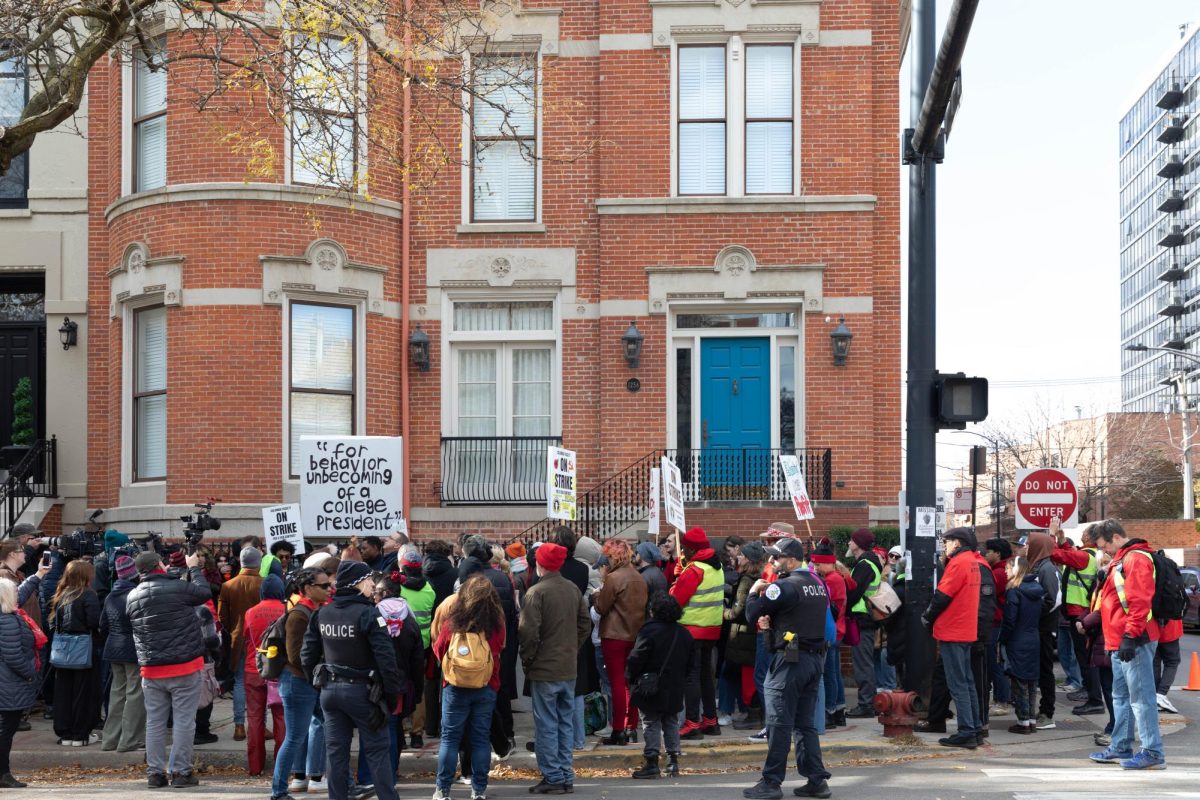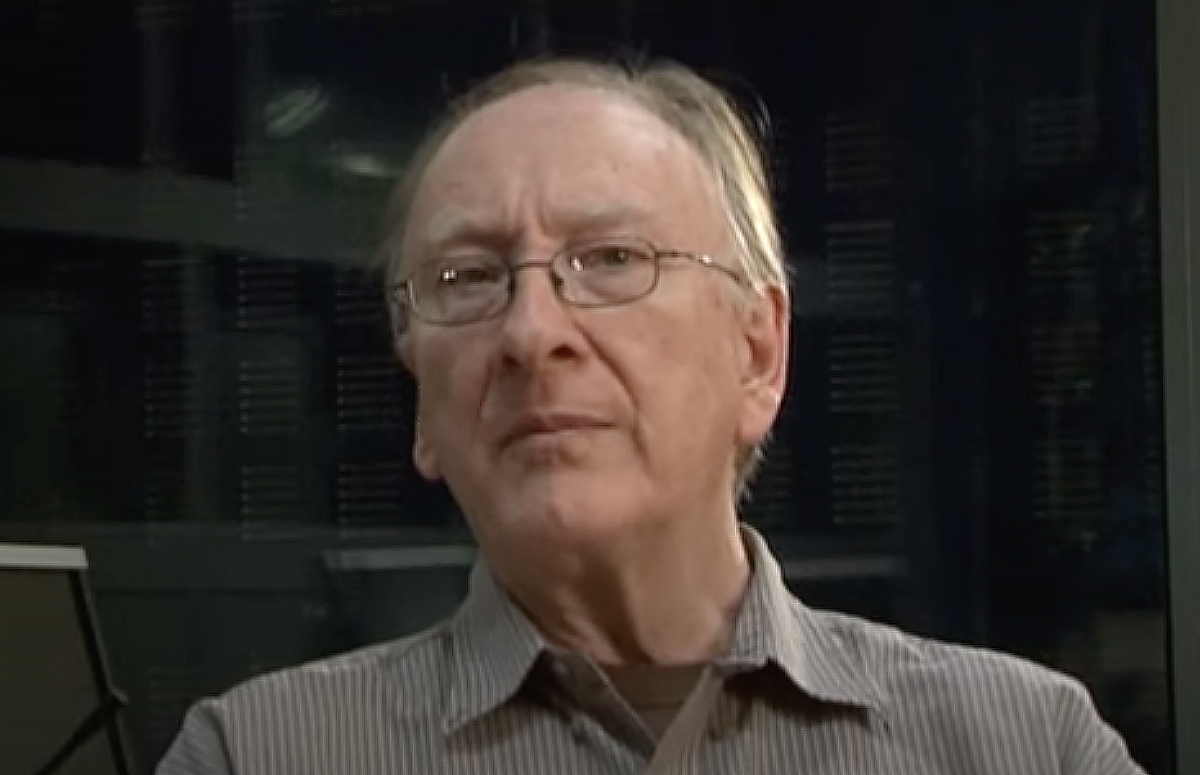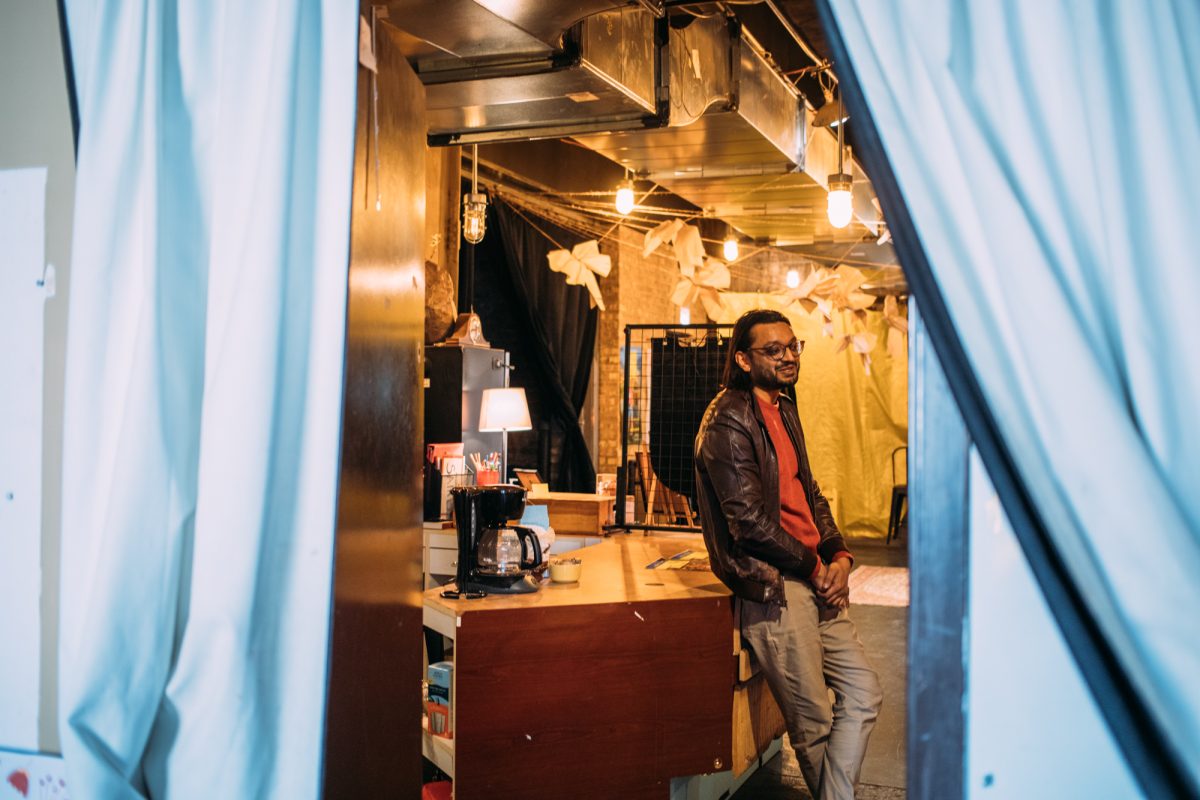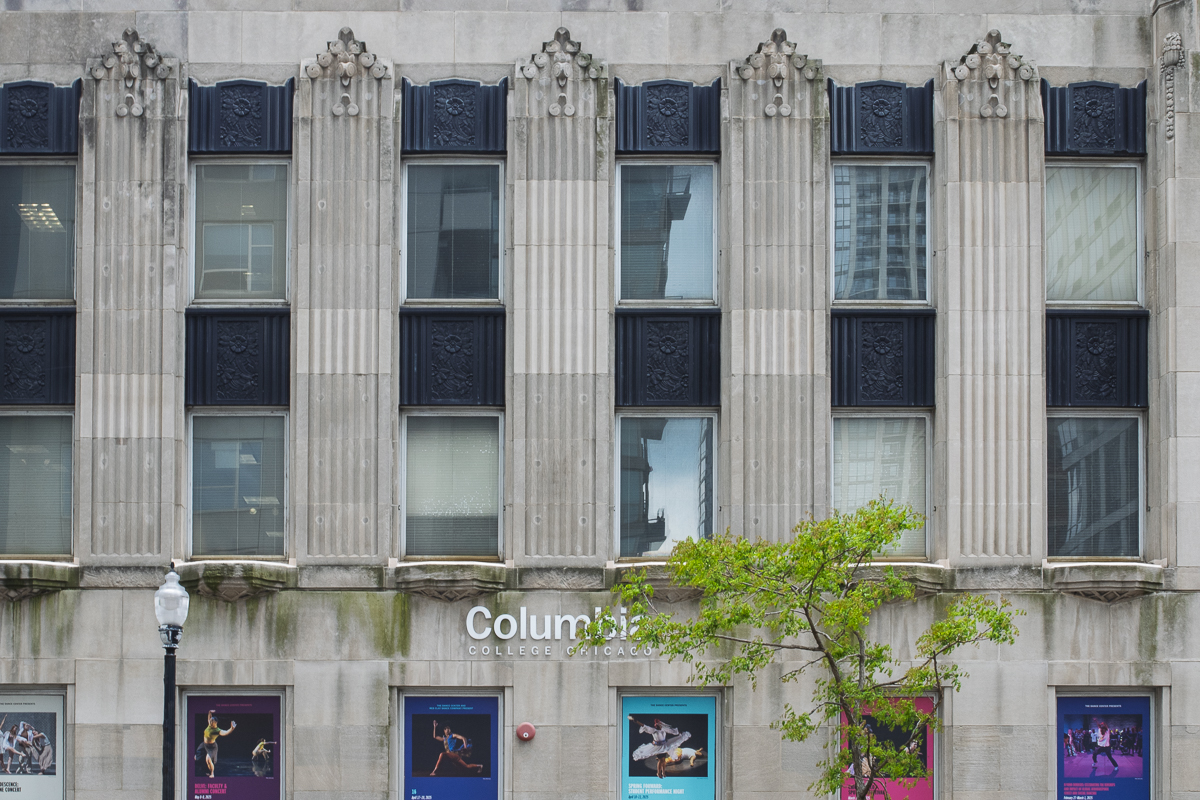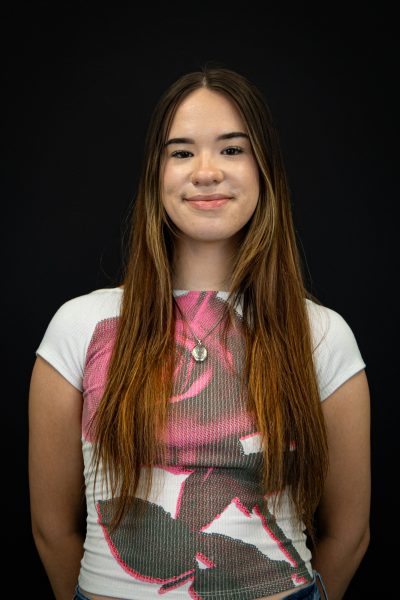A month after a campus town hall on DEI, Columbia’s student leaders gathered for a conversation of their own.
In a modest turnout at the Hive at 618 S. Michigan Ave., the Asian Alliance, Black Student Union, Latino Alliance, the Student Government Association and the Office of Student Diversity and Inclusion hosted a student-led town hall on diversity, equity and inclusion.
“We kept hearing that there’s not enough work being done to address certain issues or talks,” said Alexis De Ocampo, a junior advertising major and community director for Asian Alliance, who helped organize the event on Monday, April 21.
Attendance was much smaller than expected, with just a handful of students present. But organizers said that made the gathering feel more honest and impactful.
“It makes it easier for students to feel heard and be seen in these conversations, which is a given, especially because a lot of the orgs that are here were identity based,” De Ocampo said. “Since we are a school that is majority made of minorities, or it’s like a group where it’s made up of it, but they’re not as seen on campus.”
For organizers, it was a reminder that activism doesn’t always have to come in the form of protest — it can also begin with a conversation.
“When you advocate for yourself, you also advocate for other people,” De Ocampo said. “So how could you advocate for your community if you’re not gonna back it up yourself, or at least some way, shape or form, gonna show up for it?”
At a campus town hall in early March, some students had expressed disappointment that they weren’t able to ask questions or engage in a larger conversation with administration.
That forum was a response to the “dear colleague” letter that the Department of Education’s Office of Civil Rights sent on Feb. 14 giving schools two weeks to stop using “race preferences and stereotypes” as a factor in their admissions, hiring, promotion, compensation, scholarships, prizes, administrative support, sanctions and discipline.
Columbia’s student body is half BIPOC, and nearly 40% of students identify as LGBTQ+. Additionally, more than half are first-generation and 5% are international students.
“Columbia still remains diverse in many ways,” said I’Ja Wright, a senior marketing major and SGA representative to the Board of Trustees, pointing to the importance of staying engaged amid “all of the craziness happening around the world.”
Student organizers prepared talking points at their forum on issues such as rising tuition, campus resource accessibility, course requirement clarity, safe protesting guidelines and DEI.
Senior fine arts major Mecca Winston, who works as an office assistant at SDI, said the conversation was a way to get the ball rolling on sharing different perspectives on different topics.
“I feel like there is a lot of divide on opinions through social media,” Winston said. “So just being able to have an open ended conversation, whether it be about tuition or how do we ask or protest and do things like that, it was a really nice way to see where everybody’s head was at, just given the current state of the world.”
De Ocampo said she viewed the event as a stepping stone for more partnerships between organizations on campus.
“It’s a possibility for potential collaborations, also just knowing that we could get support from each other as well.”
Winston said that larger events and “trying to broadcast to a bigger audience” tends to have a smaller turnout, so she was happy with the outcome of the event.
“Kind of catering to just come here and spitball your feelings and ideas, it gives a more intimate feel,” Winston said.”Let’s talk and dissect it, and that’s really what this conversation was. So I hope it leads to, like, trickling more people in that way, you know, people have comfort and safety and talking to each other. I feel like that’s a little bit of what we lack on campus.”
At the end of the meeting, Wright shared fall enrollment data, noting that 15% of incoming students are from Chicago Public Schools. The top enrolled programs include dance, theatre, film and television, fashion, music and game design.
Wright said that organizations should be considering creative ways to reach and cater to these incoming students.
“It wasn’t surprising to me, but one of the things that stood out to me is that the top schools are a lot of schools that students of color don’t see themselves in, they don’t feel supported,” Wright said. “So what can we do as organizations?”
Copy edited by Patience Hurston








